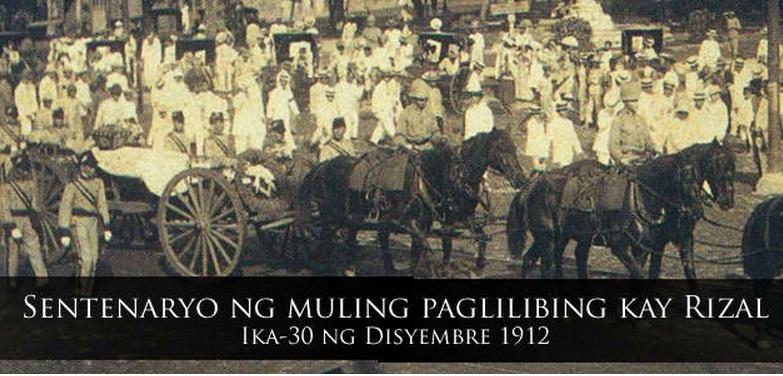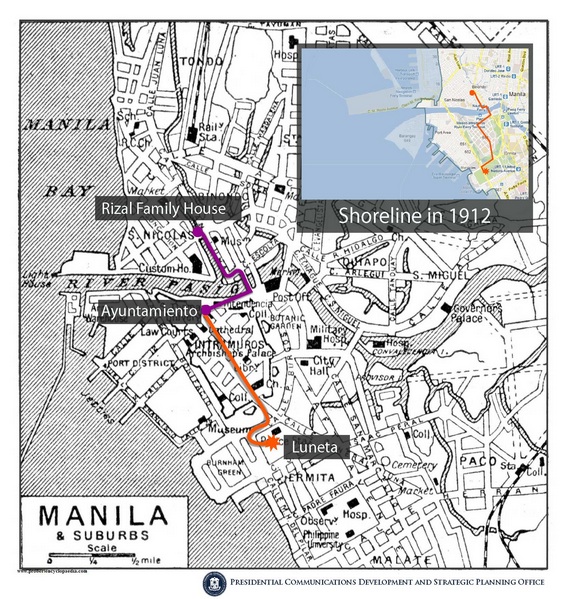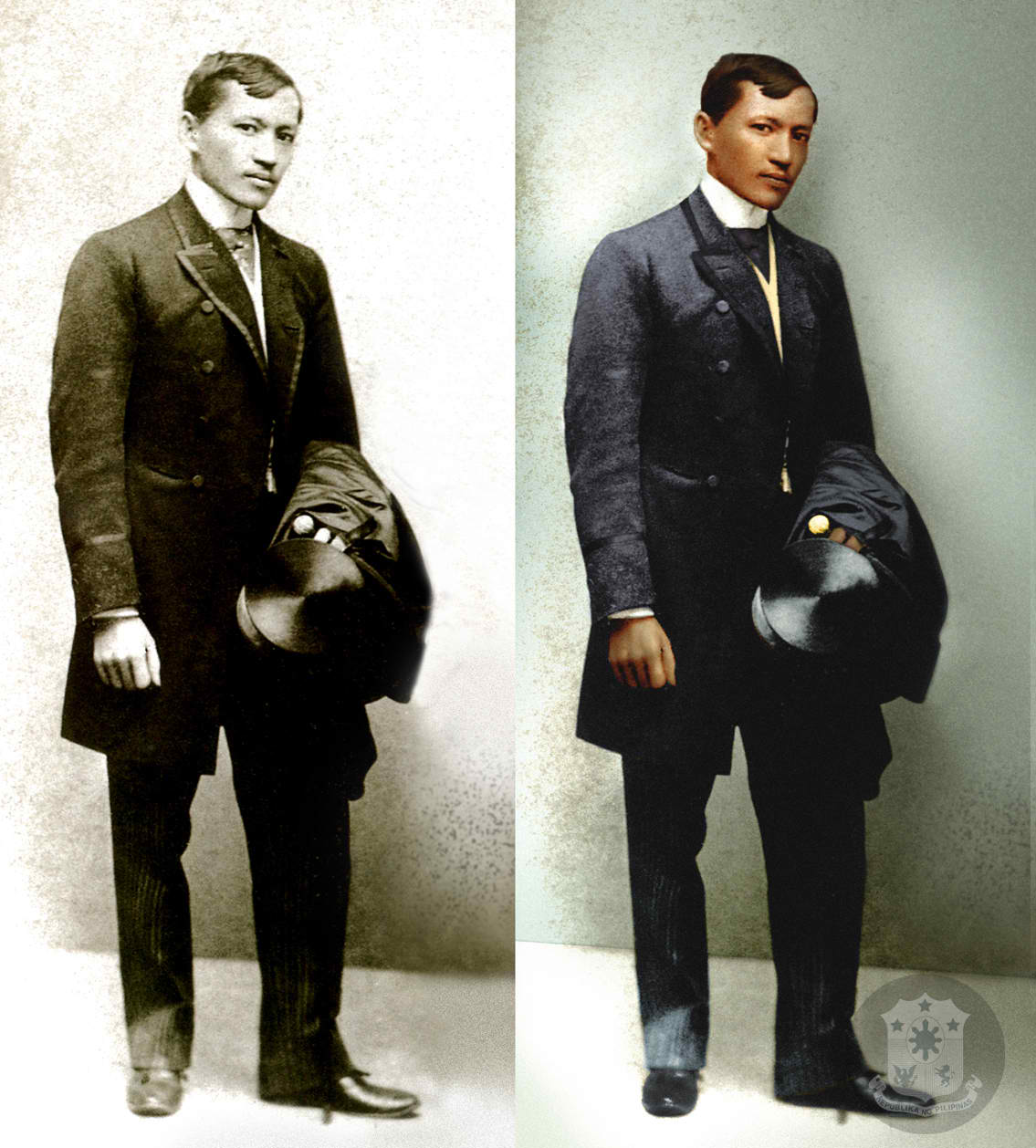SUMMARY
This is AI generated summarization, which may have errors. For context, always refer to the full article.

MANILA, Philippines – “My dear Brother, when you receive this letter, I shall be dead by then. Tomorrow at seven, I shall be shot,” Jose Rizal’s last letter to one of his closest friends, Ferdinand Blumentritt, read.
The poignant letter, said to have moved Blumentritt to tears when he received it, was written by the Philippine national hero in Fort Santiago in Manila on December 29, 1896, a day before he was shot to death by musketry in Luneta.
Rizal’s letter is one of the historical accounts featured in one of the two online historical marker maps prepared by the Presidential Museum and Library on the occasion of the centennial of the re-interment of Rizal’s remains in Rizal Park.
“Hopefully a map like this communicates several things all at once to netizens: an idea of the physical layout of the Manila of Rizal’s era; the general location of significant events; the general route of specific events, from Rizal being brought to the execution site, to the route his body was taken afterwards, to the place his remains ended up after exhumation in 1898,” communications undersecretary Manuel Quezon III explained in a “Thought Leader” piece for Rappler.
The first map plots the locations of 15 events covering the final days of Rizal. It begins from the time a Spanish court martial sentenced Rizal to death for sedition in 1896 through his execution to the exhumation of his remains which were brought to his family house in Binondo in 1898.

Rizal’s funeral cortege
The second map highlights the day when Rizal’s remains were escorted through the Philippine capital’s streets from Binondo to his final resting place in Luneta on December 30, 1912, the 16th anniversary of his death.
Following the same route, the funeral procession will be reenacted by the Knights of Rizal in conjunction with National Historical Commission of the Philippines on Sunday, December 30, the Official Gazette announced.
President Benigno Aquino III is expected to lead the traditional flag-raising and wreath-laying rites at the Rizal monument in Luneta where the national hero’s remains were buried.
The iconic monument in Luneta Park was completed 12 years after the Philippine Commission approved its construction in 1901, and a year after Rizal’s interment.

Rizal’s colorized photo
Malacañang’s online tribute to Rizal also features a colorized version of the Philippine hero’s iconic photograph taken in Spain in 1890.
It’s one of the initial efforts of the PCDSPO to enliven black and white historic photographs with color, according to Quezon.
“In this manner, the past can produce digital artifacts, too, helping to bridge an often undiscussed digital divide: where the hard work, and even treasures, of scholars and various institutional collections, can be brought forward and introduced, to a new audience,” Quezon said.- Rappler.com
More on the coverage of Rizal day:
- Jose Rizal speaks
- Bookmarking Rizal: A Dead Tree Hero in a Digital World
- #Rappler Assignments: Rizal monuments around the world
- IN PHOTOS: Rizal Day celebrations
Add a comment
How does this make you feel?
There are no comments yet. Add your comment to start the conversation.